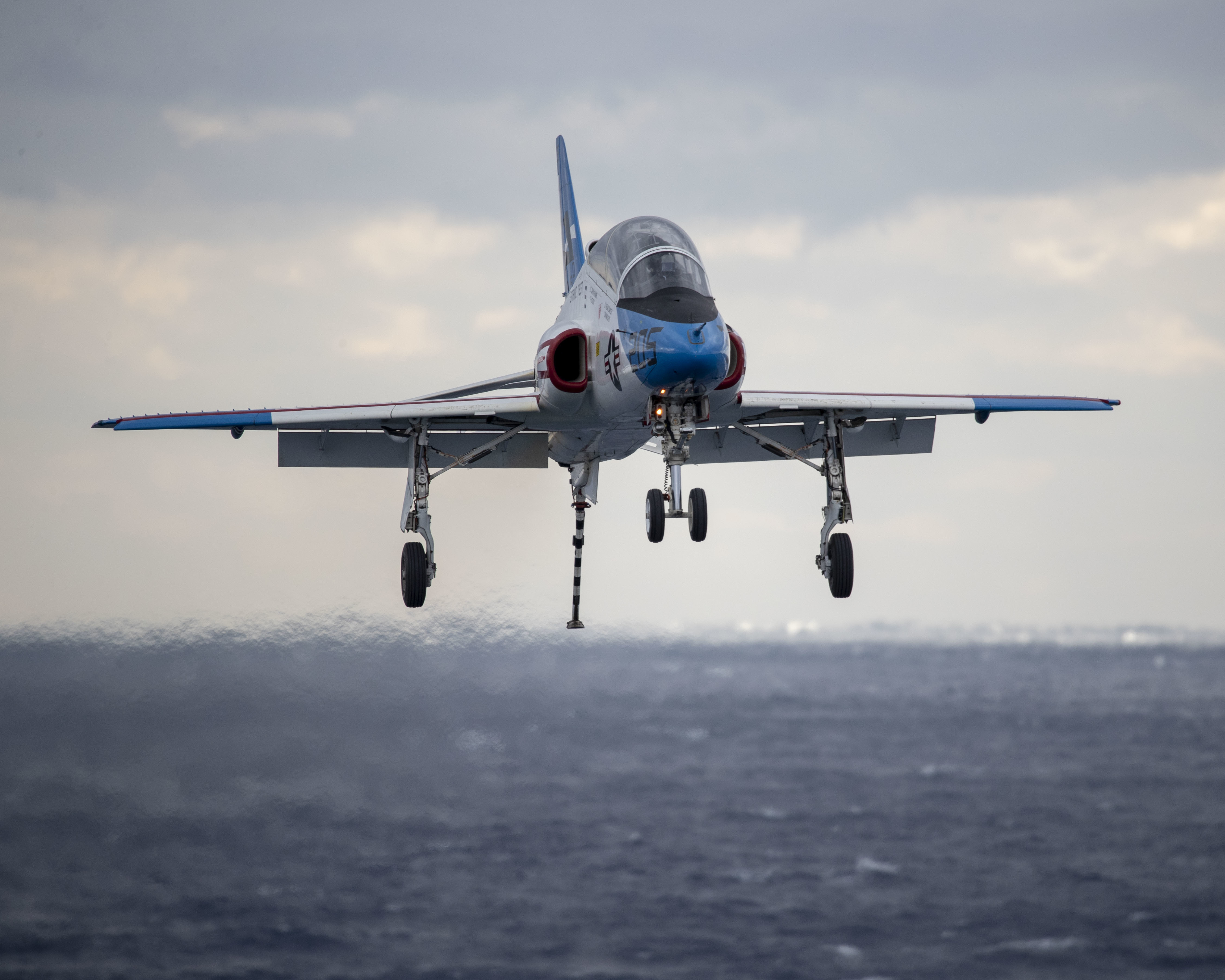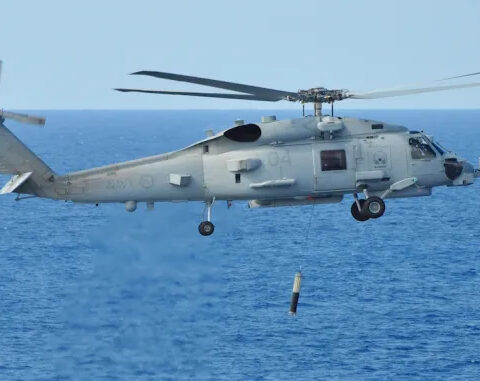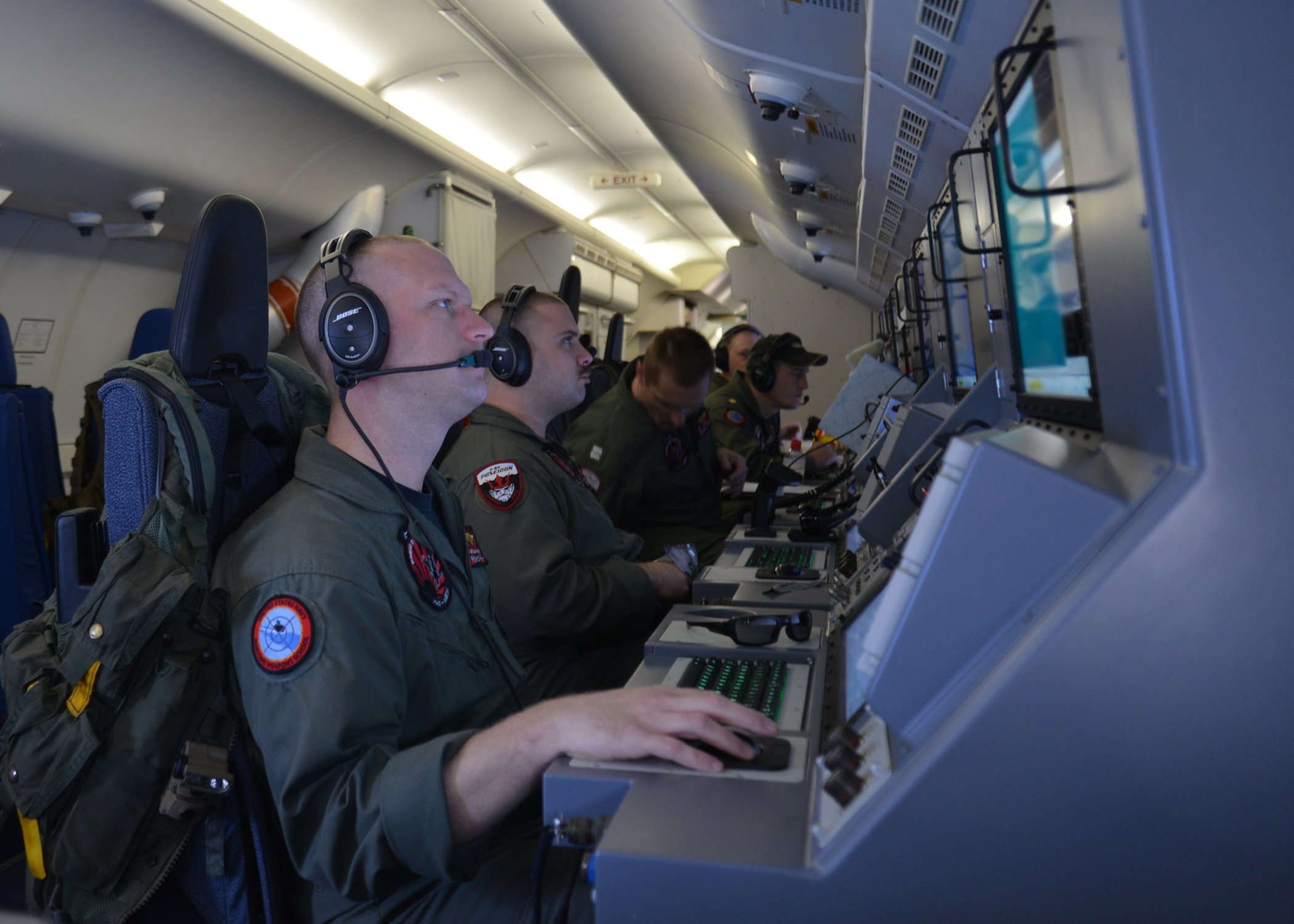
USS Kidd (DDG-100) has been pulled from search and rescue operations to look for a Malaysian Airlines plane that went missing last week, according to U.S. 7th Fleet in a statement released on Tuesday morning. Kidd was the last of two Arleigh Burke destroyers assigned by the U.S. Navy to look for the missing Boeing 777, designated Flight 370.
“Searching a combined 15,000 square miles since March 10, Kidd and its MH-60R helicopters completed their search of the Andaman Sea and have been detached from the MH370 Search and Rescue (SAR) effort as of March 18,” read the statement.
“No debris or wreckage associated with an aircraft was found.”
Kidd and USS Pinckney (DDG-91) were tasked with searching for the missing plane in the Gulf of Thailand. Pinckney was pulled from the search last Thursday.
The Navy will continue to offer its P-3 Orion and P-8A Poseidon maritime surveillance aircraft to the international search effort for the missing plane.
“With the search area expanding into the southern Indian Ocean, long range patrol aircraft such as the P-8A Poseidon and P-3C Orion are more suited to the current SAR mission,” read the statement.
“Covering up to 15,000 square miles in one nine hour flight, the P-8 and P-3 can search larger areas with their advanced surface search radars and electro-optical sensors as well as fly low for visual identification when needed.”
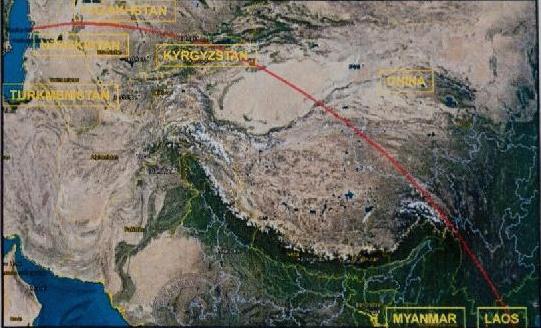
The Navy will move at least one P-8A to Australia in support of the search.
Kidd will proceed through the Strait of Malacca to the South China Sea to continue the mission it was previously assigned.
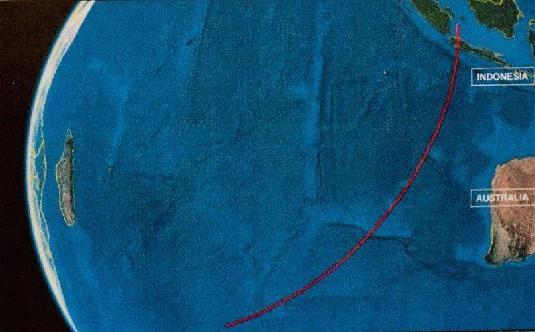
The search for the plane has expanded to an area 2.24 million square nautical miles in an arc as far north as, “Kazakhstan and Turkmenistan to northern Thailand, and a southern one from Indonesia to the southern Indian Ocean,” according to a report from Chinese state run news agency Xinhua.
China has several assets searching for the plane as there were 154 Chinese nationals on the flight.


